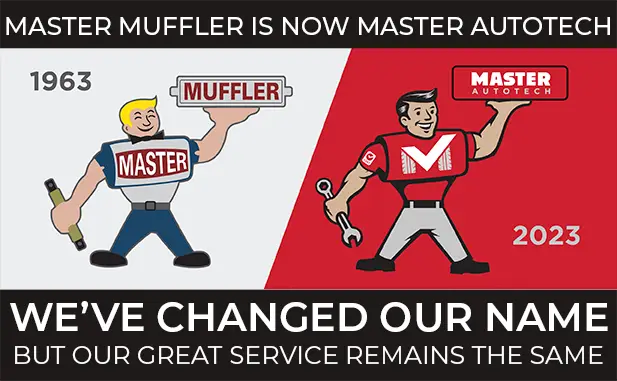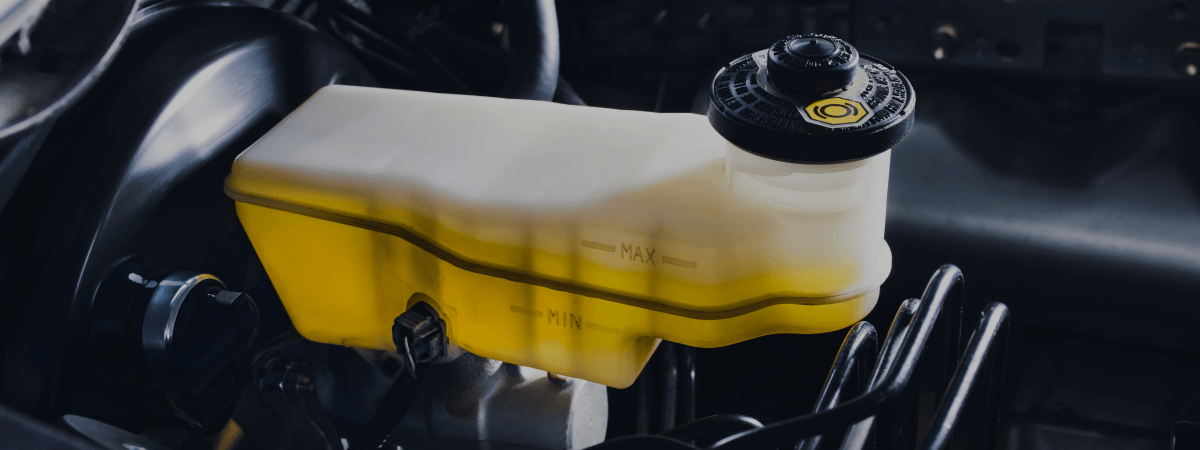The exhaust system is an important part of your vehicle, carrying burnt gases away from the engine. The gases may flow through a header, exhaust manifold, turbocharger, catalytic converter, muffler and/or silencer, depending on the design and function of the specific exhaust system. These systems are used on cars, trucks, motorcycles, two-stroke engines, and even marine engines.
In vehicles, the manifold is an assembly created to collect and channel the exhaust from two or more cylinders through one pipe. Manifolds are usually made of cast iron. Some offer features like compact design, reduced-weight metal, or inexpensive production, but these features can reduce the effectiveness of the manifold in removing the exhaust from the engine.
A header is a special kind of manifold that placed in performance cars. Instead of worrying about cost or weight, the engineers create a manifold designed for maximum performance. Standard manifolds may cause back pressure due to the cylinders firing at different times; headers are designed to prevent this with circular exhaust ports of equal lengths from each cylinder.
Headers are usually purchased as an after-market addition to lend greater performance to the vehicle. But with that comes the need to replace the original exhaust system.
Turbochargers, or turbos, are driven by the engine’s exhaust system. They force induction, causing more air and fuel to pump into the combustion chamber with a turbine. This creates more power for the engine (although it is certainly not meant for fuel efficiency). The turbo-back is the part of the exhaust system that runs from the turbocharger to the open air vent.
Catalytic converters are designed to control emissions. Pollution is reduced by passing the toxic exhaust gases through the catalytic converter, which uses a catalyzed chemical reaction to neutralize many of these toxins, making the exhaust less toxic. Most of today’s vehicles have a three-way converter to reduce unburned hydrocarbons, oxides of nitrogen, and carbon monoxide.
The muffler and silencer are used to not only control sound pollution, but also improve fuel efficiency.
Finally, the tail pipe, or exhaust pipe, is the last part of the exhaust system. In most cars, the tail pipe is used to send the exhaust out from behind and beneath the vehicle. In many trucks, the tail pipe comes out the side in the back. In others, there is a vertical exhaust pipe just behind the cab.
If your vehicle needs new exhaust components or you would like to know more about the exhaust system, you can learn more about MagnaFlow exhaust systems, one of the highest quality manufacturers of exhaust systems.
Related Posts
Key Takeaways On average, passenger vehicle tires last 40,000 to 60,000 miles, depending on type, driving habits, and maintenance. Replace tires when tread depth reaches 2/32”, if damaged, or older than 10 years. Regular rotation, alignment, and proper inflation extend tire life. Aggressive driving, poor roads, and harsh weather shorten tire lifespan. Take advantage [...]
When you think about car maintenance, you probably focus on oil changes, tire rotations, and maybe even brake pad replacement. But what about your brake fluid? If you’ve ever wondered, “What does brake fluid do?” or “Why is brake fluid important?”, you’re not alone. Brake fluid might not be the most talked-about part of [...]
Is that high-pitched squeal from your brakes driving you—and everyone else—crazy? Don’t ignore it. Squeaky brakes aren’t just annoying, they’re your car’s way of saying something needs attention. Whether you're cruising through Salt Lake City or winding up Idaho’s mountain passes, here’s what’s likely going on, how you can fix it, and when it [...]





